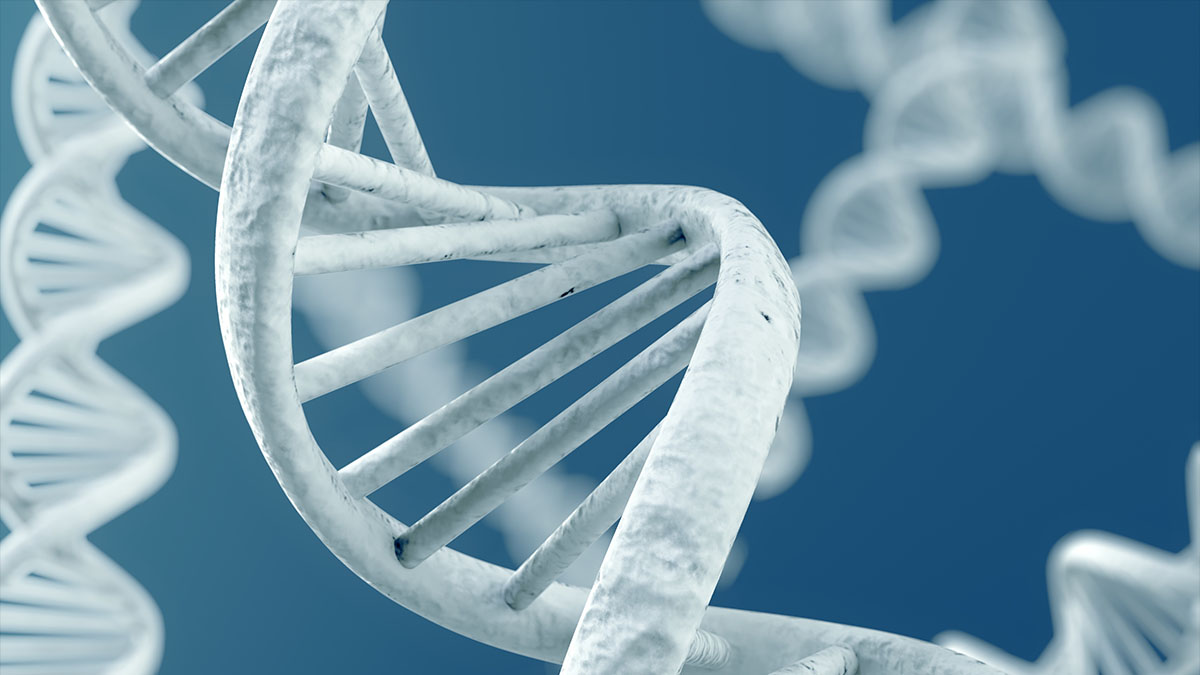why life has a bias to the left

As the faux conservative pundit Stephen Colbert warned President Bush, reality has a bias to the left. And interestingly enough, so does all life on Earth. We’ve know that all amino acids, the essential components for any terrestrial organism, have left-handed chiralities. Or to translate from science-speak, their molecules wind to the left. This is why genetic engineering experiments can splice genes from very different species in a lab. The molecules will line up and assemble correctly because they’re all wound in the same direction.
But for many years, there’s been a nagging problem. Why does all life on our planet have these left-handed amino acids? You could very easily wind them to the right and they’d work just as well. In fact, you could get an identical biosphere with a different chirality. Of course you would have a very hard time finding a viable organism with both chiralities since the molecules it had to produce couldn’t match up. It would be like fitting together two different jigsaw puzzles and that means somewhere along the line, there had to be a process which resulted in our present day left-hand chirality gaining dominance over its rightward-wound counterparts. Could it be one the earliest cases of natural selection at work? Actually, it seems that primordial chemistry in the vacuum of space played a major role in what life could evolve on our world.
This is the conclusion of NASA astrobiologists Daniel Garvin and Jason Dworkin who examined meteorites rich in carbon to find the amino acid isovaline. Since isovaline isn’t actively used by living things on Earth and maintains the same chirality over billions of years, scientists can use it to take a look back at the dawn of the solar system and determine the ratio of left-handed to right-handed molecules without the threat of biological contamination. As it turns out, when a meteorite is rich with water, it has up to 18% more left-handed isovaline so when meteors with disproportionate amounts of left-handed amino acids fell to Earth and deposited their organic cargo, they would’ve created a bias towards organisms with our current chirality.
Once again, we’re finding evidence of life on our world coming from the depths of outer space as organic compounds ready to combine into functional organisms and just take it from there. And that raises some curious questions. Could life on other planets be very similar to ours? Is there a chance that alien and terrestrial hereditary mechanisms would be similar since they’re built from the same pool of left-handed organics? To be perfectly clear, being made of similar compounds doesn’t mean aliens would look anything like us. Evolution and the environment of their home world would shape their anatomy. Just look at the variety of life that evolved on our planet from the same 20 amino acids. Who knows what the conditions on another planet could do with the same basic mix of chemical compounds?
See: Glavin, D., & Dworkin, J. (2009). Enrichment of the amino acid L-isovaline by aqueous alteration on CI and CM meteorite parent bodies Proceedings of the National Academy of Sciences, 106 (14), 5487–5492 DOI: 10.1073/pnas.0811618106





